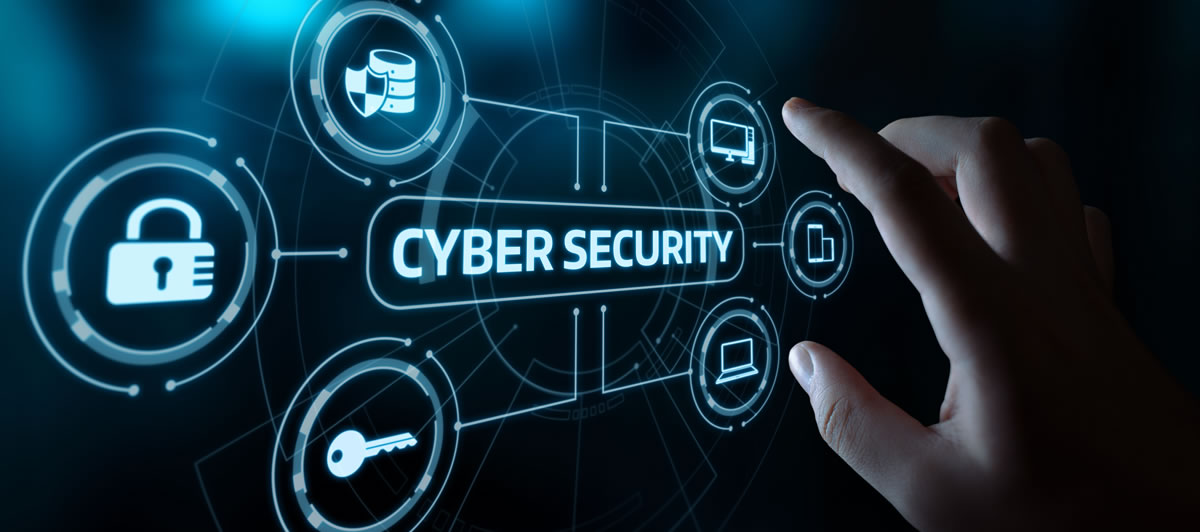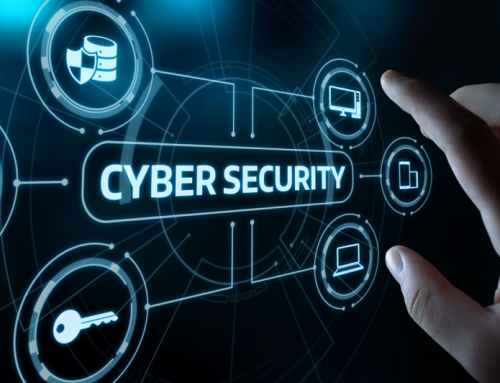If you’ve been around cybersecurity circles lately, you’ve probably heard people tossing around the phrase “Zero Trust.” It sounds a little harsh at first, right? Like nobody trusts anyone anymore. But in reality, Zero Trust isn’t about paranoia — it’s about being practical in a world where the old security rules just don’t cut it anymore.
What Is Zero Trust, Really?
Think back to the old days of IT security. Companies built a big digital wall — a firewall — and once you were inside the network, you were pretty much trusted. It was like getting into a club: if you showed your ID at the door, you could roam around freely once you got past the bouncer.
Zero Trust flips that idea on its head. Instead of saying “once you’re in, you’re good,” Zero Trust says: “Never trust, always verify.” Every time you try to access something — whether it’s a file, a server, or an app in the cloud — you have to prove you are who you say you are, and that you should really have access to it.
Why Enterprises Are Moving to Zero Trust
Modern businesses aren’t locked inside a castle anymore. Employees work from coffee shops, home offices, and airports. Data is stored in the cloud, not just in an office server room. And cybercriminals? They’re smarter and faster than ever.
Here are a few big reasons companies are going Zero Trust:
- Remote work is everywhere — old perimeter security doesn’t protect someone logging in from Starbucks.
- Cloud services dominate — apps like Microsoft 365, AWS, and Salesforce live outside the traditional firewall.
- Credential theft is rampant — one stolen password can cause millions in damages.
Zero Trust makes it harder for attackers to move freely. Even if they sneak in, microsegmentation, multi-factor authentication (MFA), and continuous monitoring can stop them from spreading.
How Zero Trust Works Day to Day
Here’s a quick breakdown of how companies actually put Zero Trust into practice:
- Identity First: Every user must authenticate, often with MFA.
- Least Privilege Access: Employees get only the access they need, nothing more.
- Microsegmentation: Networks are broken into smaller chunks, so an intruder can’t run wild.
- Device Trust: Only healthy, patched, and approved devices get through.
- Continuous Monitoring: Logs and analytics constantly check for anything suspicious.
It’s not one tool or product you buy — it’s more like a philosophy backed by smart technology choices.
Why Zero Trust Matters for CompTIA Certification Holders
Now, if you’re studying for a certification like CompTIA CySA+, Security+, or even CASP+, Zero Trust isn’t just a trendy term to memorize. It’s part of the exam objectives because it reflects what real companies are doing right now.
- In CySA+, Zero Trust lines up with security operations and vulnerability management — think access controls, continuous monitoring, and network segmentation.
- In Security+, it shows up when you’re learning about identity and access management (IAM) and secure design.
- If you’re keeping your CySA+ certification current, understanding Zero Trust can also help when earning renewal CEUs, since it’s considered continuing education in modern enterprise security.
Basically, knowing how Zero Trust works won’t just help you on test day — it makes you more marketable to employers who are actively rolling it out.
Final Thoughts
Zero Trust isn’t about distrusting your coworkers or making people’s jobs harder. It’s about realizing that the “castle and moat” approach doesn’t protect today’s enterprise. By constantly verifying identity, limiting access, and monitoring everything, companies can keep sensitive data safer in an increasingly dangerous cyber world.
And if you’re on the CompTIA certification path, getting comfortable with Zero Trust is like killing two birds with one stone: it helps you pass the exam and makes you ready to jump into real-world security operations with confidence.




